It’s officially been one month since Nintendo’s new console hybrid launched, and the sales numbers are in: the Nintendo Switch has moved over 500,000 units in Japan. To put this figure in context, let’s take a look at the sales for the original Wii — which was Nintendo’s fastest-selling console in history, with a record of 600,000 sold in its first eight days. The Switch managed to beat this record in just three days, and now holds that title for itself.
While sales figures play a big role in measuring commercial success, they’re also a clumsily deceptive method of foretelling the longevity of appeal and overall sustainability of a new product. This is especially true when trying to measure its success in western countries like the United States, where the Big N has repeatedly failed to make the Wii a smash hit (not to mention its somewhat disappointing successor, the Wii U).
The Switch is great, but are its features tailored enough to a western audience?
The new hybrid console may have been able to right some of the more egregious flaws that Nintendo has made in the past decade, but it’s also guilty of some other mistakes that western consumers are far less likely to forgive. And that might just cost it more headway than the company had initially prepared for.
In the West, looks matter. Consumers pay a lot of attention to the aesthetics of a shiny new gadget — how it looks, how it feels, and (more importantly) how it makes the person who’s using it look. Nintendo is no stranger to this concept, as they were the ones who first acclimated their hardware to western sensibilities by pioneering a physical revision of the Famicom hardware prior to launch in America.
They definitely didn’t do this with the Wii and Wii U, though, and that was partially reflected in their low sales counts for both those consoles. The flimsy and somewhat childish designs of these machines was antithetical to the commanding look of beloved consoles like the Xbox and PlayStation. (Let’s be honest, that gamepad looks like a giant Fisher Price toy when you hold it.)
In this regard, the Switch has learned from the mistakes of its predecessors. Its surface finish has a silken look, it’s got a minimal aesthetic with concise ergonomics, and feels discreet to use without sacrificing strong lines and overall polish.
But the peripherals are a different story…
In a Western market that’s already overburdened with add-on things like paid DLCs, Season Passes, and microtransactions, there’s a stigma against locking part of the play experience behind a paywall. And when it comes to consoles, players tend to expect that everything they need to get the most out of their game experience will come in the box they paid good money for.
That means Nintendo needs to address one of the biggest issues on the Switch if they really want to see it succeed on this side of the world — the cost of its peripherals. While the Joy Cons are surprisingly robust in their range of utility, they’re not always the ideal controller for every game on the console. Nintendo recognizes this, and already offers the option to pick up a Pro Controller. This upgraded accessory is a great option for games that have a more sophisticated control scheme, and gives the player a lot more functionality than the base Joy Cons.
But that said, the price gouging with these controllers is a serious problem that’s actively preventing western players from buying in. It’s hard to justify paying $60 for a controller after forking so much money over for the console in the first place. And it seems especially ridiculous when you take into consideration that you can usually pick up a DualShock 4 controller for PlayStation at about $10 less.
But the money-grubbing doesn’t stop there. If you need another pair of Joy Cons, you’ll end up paying $80 at retail. But at least if you just need one, you’ll only pay $40….right? Wrong. A single Joy Con will cost $60 out the door. Just take a look back at this pricing model if you have to, because something really isn’t adding up. These are the real prices Nintendo is asking for its peripherals. (And heaven forbid you want an extra dock to keep around the house, because that’s going to take another $90 out of your wallet.)
There’s no reason for this sort of pricing, especially when the cost of peripherals makes up a sizeable fraction of the whole console’s price. This sort of thing might fly in Japan, but western gamers are much more discerning about this sort of thing — and I’m willing to bet it’s only a matter of time before the price gouging starts to hurt the adoption rate of the console by the end of 2017. Given the current economic state of this side of the world and the ever-increasing number of consoles/tech competing for gamers’ hard-earned cash…Nintendo may find themselves in an unfortunate position sooner rather than later.
But if the third-party software is good enough, western gamers will flock to it.
Significant third-party software is probably going to be the determining factor in how successful the Switch actually becomes. During the Wii/Wii U’s life cycle, Nintendo managed to deliver third-party exclusives that critically and commercially rivaled those available for the Xbox and PlayStation consoles. And that was a huge boon for moving units.
Nintendo has already shown that they’re looking to do the same with the Switch — having announced a huge list of publishers and developers that are signed on to release games for the console. And smash-hit titles like Breath of the Wild are only serving to help the console sell in the West.
Only time will tell if Nintendo can improve its third-party formula and turn the Switch into a truly lucrative hybrid console that fills the long-standing gap between home systems and handhelds.
The Switch has still got a long way to go, and Nintendo is promising a lot that they haven’t shown us yet. Maybe the hype will be able to last long into E3, and we’ll see some big reveals that gets western gamers hype for the console. That’s the only way this machine will stay hot enough to sell out by the time that the holidays roll around.

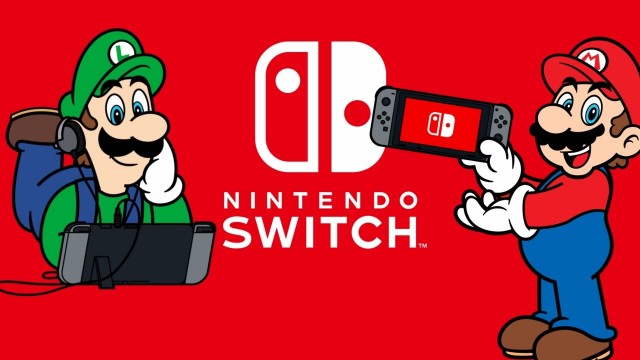
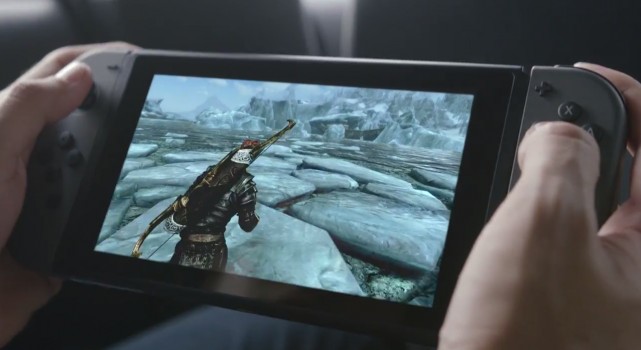
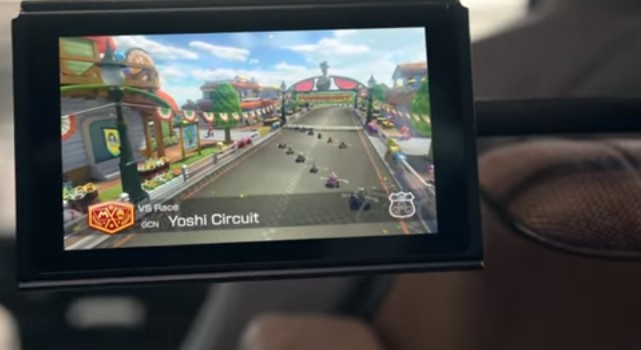
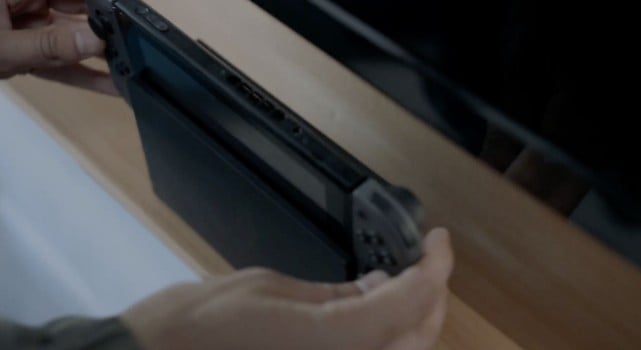
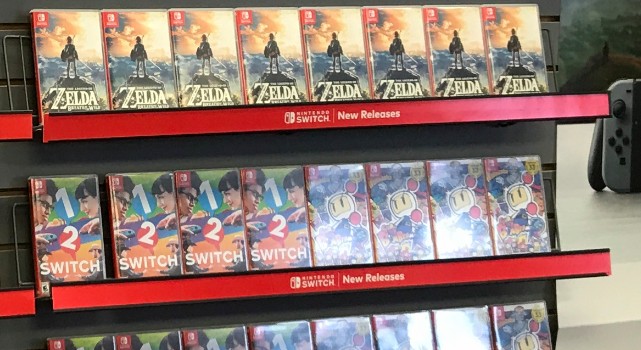





Published: Apr 8, 2017 05:06 am